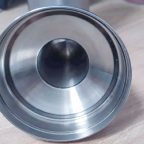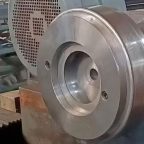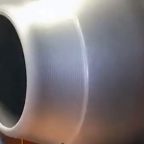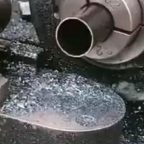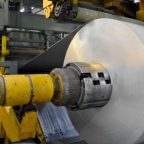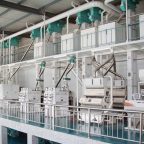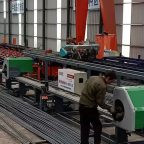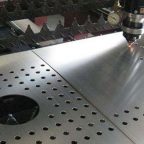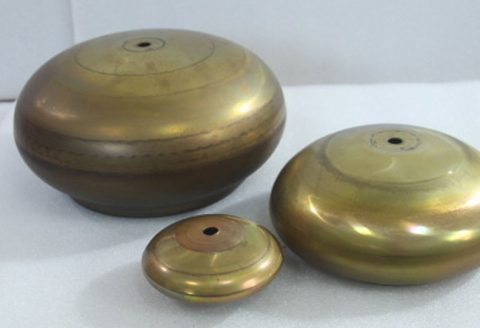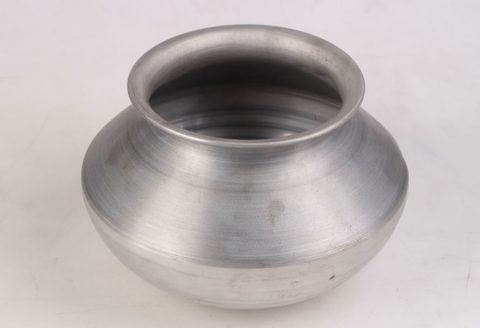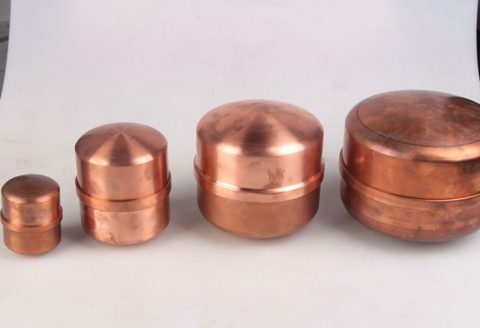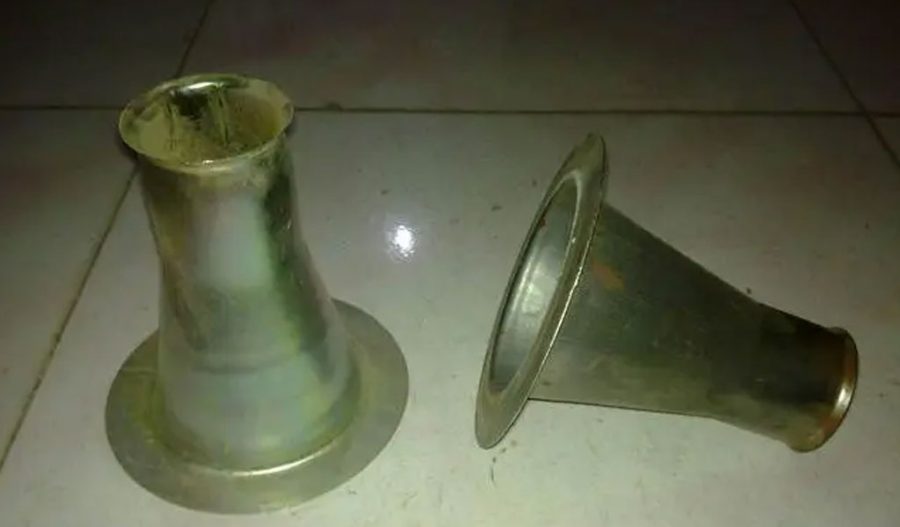
The Venturi effect is a principle in fluid dynamics that occurs when a fluid flows through a constricted section of a pipe, resulting in a reduction in fluid pressure and an increase in fluid velocity. This phenomenon is named after the Italian physicist Giovanni Battista Venturi, who first described it in 1797.
Principle Of Venturi Effect
The Venturi effect can be explained through the principles of conservation of energy and the continuity equation. According to the conservation of energy, the total energy of a flowing fluid must remain constant. This total energy includes the fluid’s kinetic energy, potential energy, and internal energy (pressure). When a fluid enters a narrow section of a pipe, its velocity must increase to satisfy the continuity equation, which states that the mass flow rate must remain constant. This increase in velocity results in an increase in kinetic energy. To balance the energy equation, there must be a corresponding decrease in the fluid’s internal energy, leading to a drop in pressure.
Mathematical Formulation
The Venturi effect is mathematically described by Bernoulli’s equation, which states that for an incompressible, non-viscous fluid, the total mechanical energy along a streamline is constant:
P+1/2ρv2+ρgh=constant
Where:
- PPP is the fluid pressure,
- ρ\rhoρ is the fluid density,
- vvv is the fluid velocity,
- ggg is the acceleration due to gravity,
- hhh is the height above a reference level.
In a horizontal flow, where the height hhh is constant, Bernoulli’s equation simplifies to:
P1+21ρv12=P2+21ρv22
Where:
- Subscript 1 refers to the wider section of the pipe,
- Subscript 2 refers to the constricted section of the pipe.
This equation shows that an increase in fluid velocity (v2v_2v2) in the constricted section corresponds to a decrease in fluid pressure (P2P_2P2).
Applications
The Venturi effect has numerous practical applications across various fields:
- Venturi Meters: These devices are used to measure the flow rate of fluids in pipes. By measuring the pressure difference between the wider and narrower sections, the flow rate can be calculated.
- Carburetors: In internal combustion engines, the Venturi effect is used to mix air and fuel. Air flows through a narrow section, creating a pressure drop that draws fuel into the airflow.
- Medical Applications: Venturi masks utilize the effect to deliver a precise mixture of air and oxygen to patients, commonly used in respiratory therapies.
- Chemical Engineering: The Venturi scrubber, used in air pollution control, leverages the effect to enhance the contact between a polluted gas stream and a scrubbing liquid, improving the removal of pollutants.
- Aviation: The Pitot tube, an instrument used to measure airspeed in aircraft, operates on principles similar to the Venturi effect by comparing pressures in different sections of the tube.
Conclusion
The Venturi effect is a fundamental concept in fluid dynamics, demonstrating the intricate relationship between fluid velocity and pressure in varying cross-sectional areas. Its wide range of applications highlights its importance in both scientific understanding and practical engineering solutions.
Maximize Tooling and CNC Metal Spinning Capabilities.
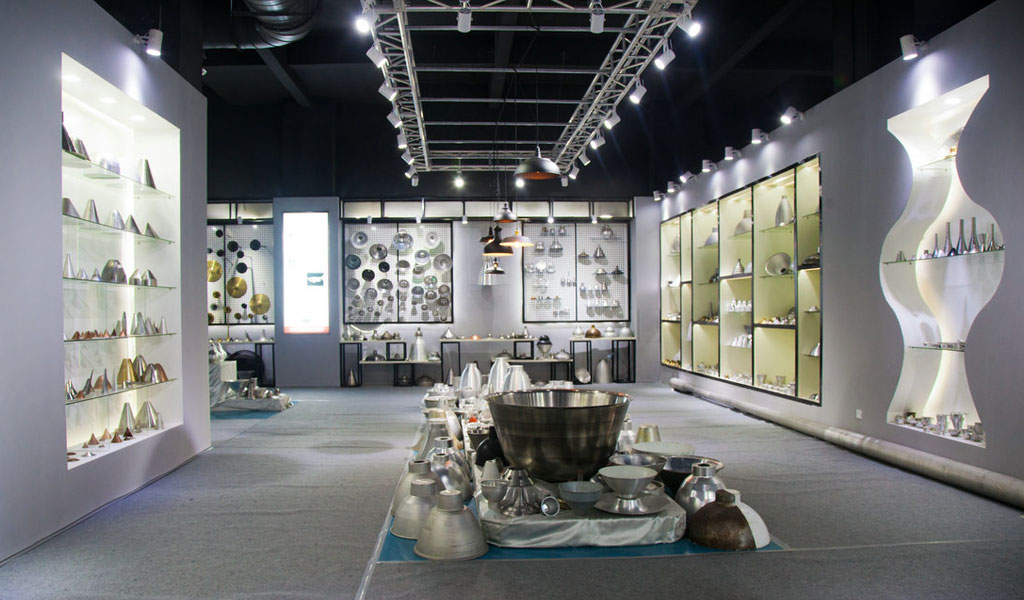
At BE-CU China Metal Spinning company, we make the most of our equipment while monitoring signs of excess wear and stress. In addition, we look into newer, modern equipment and invest in those that can support or increase our manufacturing capabilities. Our team is very mindful of our machines and tools, so we also routinely maintain them to ensure they don’t negatively impact your part’s quality and productivity.
Talk to us today about making a rapid prototype with our CNC metal spinning service. Get a direct quote by chatting with us here or request a free project review.
BE-CU China CNC Metal Spinning service include : CNC Metal Spinning,Metal Spinning Die,Laser Cutting, Tank Heads Spinning,Metal Hemispheres Spinning,Metal Cones Spinning,Metal Dish-Shaped Spinning,Metal Trumpet Spinning,Metal Venturi Spinning,Aluminum Spinning Products,Stainless Steel Spinning Products,Copper Spinning Products,Brass Spinning Products,Steel Spinning Product,Metal Spinnin LED Reflector,Metal Spinning Pressure Vessel,
